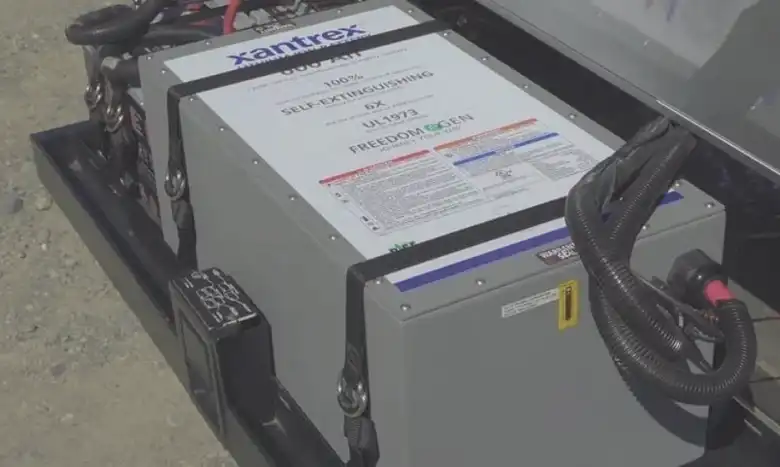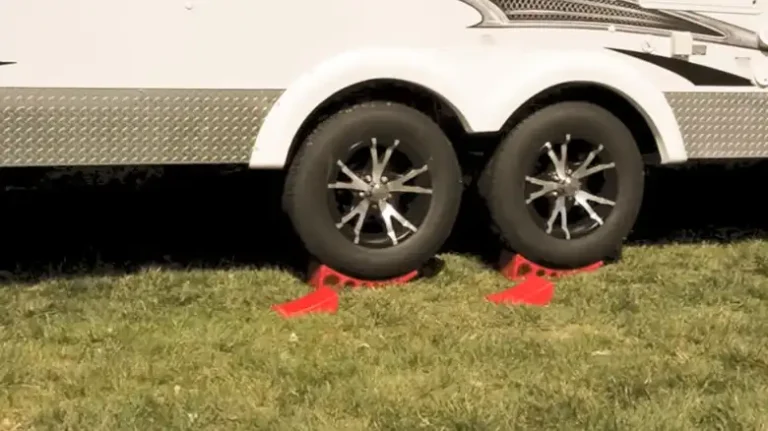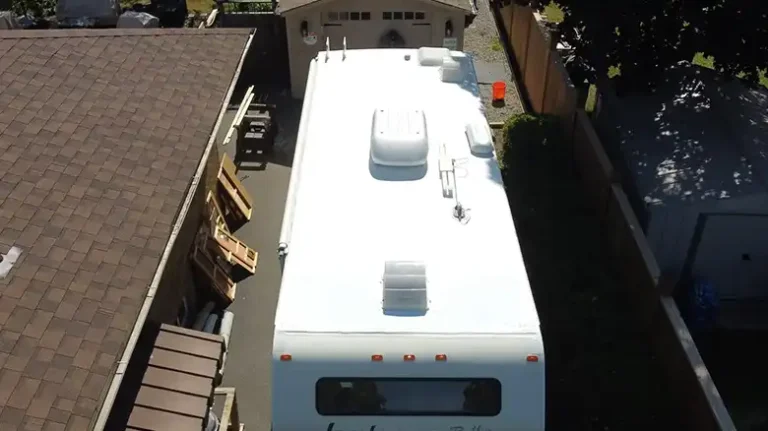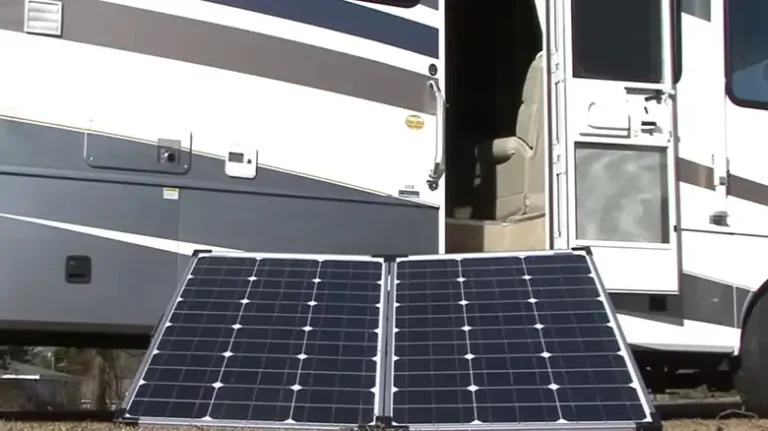How Long to Run Generator to Charge RV Batteries?
RVs provide us the freedom to roam off the grid with the comforts of home. But this self-reliant lifestyle depends on keeping batteries charged when shore power is unavailable. Generators offer a convenient charging solution, though runtimes are limited by fuel. So how long should you plan to run your RV generator to recharge batteries? While the exact time varies based on many factors, a good rule of thumb is to budget 1 hour of generator runtime for every 50 amp-hours of battery capacity needing recharge.
RV batteries come in many sizes and discharge states, requiring differing amounts of time to reach full charge. Generators and chargers also vary in output, influencing charging speed. Environmental conditions like temperature play a role as well. With so many variables at play, determining precise generator runtime is challenging. But by understanding key battery and generator characteristics, RV owners can estimate recharge times needed for their specific setup.
As a general guideline when planning off-grid generator usage, budget 1 hour of runtime for every 50 amp-hours of discharge to be recharged. For example, a 200 amp-hour battery bank discharged 50% (100 amp-hours) would need approximately 2 hours of generator time to return to full charge. This provides a helpful starting point, though monitoring your system is still essential.

RV Battery Characteristics Impacting Charge Time
Not all RV batteries are created equal, and their specific characteristics significantly influence how long it takes to recharge them with your generator.

The three key factors are –
Battery Capacity
Typically rated in amp-hours (Ah), capacity indicates the total electric charge the battery can deliver before needing a recharge. Larger Ah ratings require more time to replenish the stored energy. For reference, a typical RV “house” battery may have 100-200 Ah capacity.
Depth of Discharge
This refers to the extent to which the battery has been depleted, expressed as a percentage of total capacity. Recharging from 50% discharge takes longer than from just 20% discharge. Keeping discharge shallow extends the battery lifespan.
Battery Age and Condition
Over time, batteries lose capacity and charging efficiency. Older batteries require longer charging times. Poor maintenance also increases recharge time. Optimizing battery health is ideal.
Understanding your specific RV batteries will help estimate the generator runtime needed to recharge them. Prioritize keeping batteries from deep discharge cycles and maintain them properly.
How Generator and Charger Specs Influence Charge Time
In addition to battery traits, the generator and charging equipment used also directly impact how long it takes to replenish your batteries –
Generator Output: Measured in watts, the generator’s power output must be sufficient to operate both the battery charger and any simultaneous loads. Underpowered generators take longer to charge.
Charger Amp Rating: The charger’s amperage directly correlates with charging speed. For example, a 20 amp charger charges twice as fast as a 10 amp model. Match rating to battery capacity.
Charging Efficiency: Multi-stage smart chargers are more efficient than simple chargers, providing faster charge times. Prioritize quality charging systems.
When shopping for generators or chargers, understand that higher wattage and amperage capabilities directly reduce charging times. Invest in appropriate generators and charging equipment for the batteries you need to recharge.
External Factors Influencing Recharge Time
Beyond just the batteries and charging gear, several external factors also impact how long it takes to recharge your RV batteries –
Ambient Temperature: Cold temperatures inhibit chemical reactions, slowing battery charging. Optimal recharging happens at room temperature or warmer.
Appliance Load: Running appliances and lights while charging diverts generator power away from battery charging, extending charge times. Minimize other loads.
Environmental conditions and power demands inside your RV can work against efficient charging. Keep batteries and generators in moderate temperature conditions when possible, and reduce other loads on the generator during charging.
Estimating Charge Time Based on Key Variables
While many factors are at play, the basic formula for estimating generator charging time is –
Charging time (hours) = Battery capacity (amp-hours) / Charger amp rating
Let’s walk through an example scenario –
200 Ah house battery bank
50% discharged, so needs 100 Ah recharge
15 amp battery charger
Calculate: 100 Ah / 15 amps = 6.7 hours
So for this setup, roughly 7 hours of generator runtime would be needed to restore a 50% discharged 200 Ah battery bank to full charge. Charging from just 20% discharge might take only 3 hours.
Doubling the charger amperage to 30 amps would cut the above charge time in half. Likewise, more discharge requires longer charging. But this formula provides a useful starting point for charge time estimates when you know your battery and charger specs.
Real-World Generator Runtime Examples
To provide a sense of real-world charging times, let’s look at a few examples combining different equipment –
a) 100 Ah battery and 2000W generator with 10A charger – 10 hours for a full recharge
b) 200 Ah battery and 3000W generator with 20A charger – 10 hours for a full recharge
c) 300 Ah battery and 5000W generator with 30A charger – 10 hours for a full recharge
These examples demonstrate the interplay of the factors discussed earlier. Higher capacity batteries take longer to replenish, while more powerful generators and chargers offset that drawback. Quality gear appropriately matched to your battery bank helps minimize charging time.
But these estimates only serve as a starting point, as real-world conditions add complexity. Don’t take battery recharge times for granted – monitor your system and adjust generator runtimes accordingly.
Tips for Efficient Battery Recharging
To maximize your generator’s charging capability and minimize runtime, keep these tips in mind –
- Maintain batteries according to manufacturer guidelines for long service life
- Use a multi-stage smart charger for controlled charging cycles
- Recharge more often to avoid deep battery discharge
- Prioritize battery charging by minimizing other appliance use during charging
- Check battery voltage and temperature during charging to optimize the cycle
- Consider solar charging as a supplemental power source to reduce generator loads
Proper battery care goes a long way towards faster, more efficient charging cycles. Invest in quality gear, monitor your system closely, and form good recharging habits to get the most from your RV electrical setup.
Alternate Ways to Recharge RV Batteries
While generators provide the most direct off-grid charging solution, other options exist to reach a full charge –
Shore Power Hookup: Plugging into campground electrical outlets can provide fast, convenient charging without any fuel costs.
Solar Panels: Roof-mounted solar panels offer silent supplemental charging, reducing generator runtimes.
Engine Alternator: Driving your RV allows the alternator to charge house batteries much like a generator.
Depending on your travels, take advantage of these alternate charging sources to reduce reliance on just your generator. A diversity of charging options ensures you can keep your batteries topped off.
Conclusion: Plan Ahead for Off-Grid Power
Estimating generator runtime for charging RV batteries is complicated by many factors, but the basic formula gives you a starting point. While generators provide the most direct mobile charging, optimize the process by investing in quality batteries, chargers, and generators properly sized for your needs.
Maintain equipment according to manufacturer guidelines, recharge frequently before deep discharge, and minimize other loads during charging cycles. And take advantage of alternate charging sources like solar and shore power when possible. With smart charging habits and gear, you can keep batteries charged and ready for off-grid adventures.







